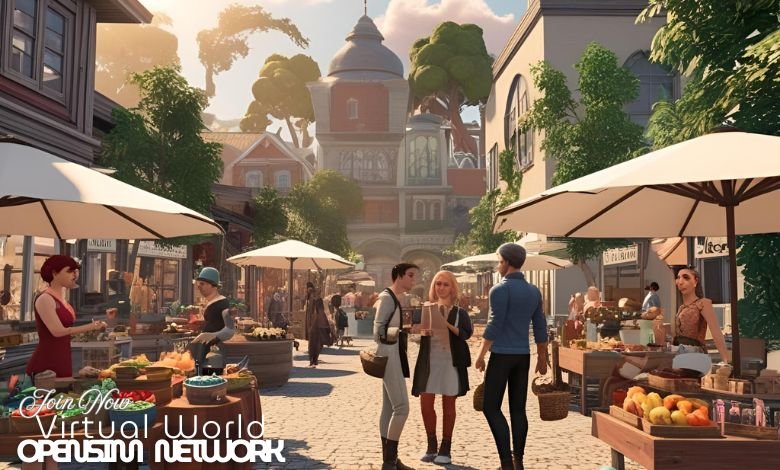What Is Quinoa, and Why Did It Have a Big Culinary Moment in the 2010s?

If you went shopping in Whole Foods or grabbed a meal at a salad-forward fast casual restaurant in 2013, you lived the quinoa craze. Back then, it seemed as though quinoa-based grain bowls were suddenly everywhere, and grocery stores were prominently stocking the “superfood” on their shelves. Quinoa truly seemed miraculous: It was a protein-packed whole grain that was apparently also the solution to climate change, world hunger, and poverty. Amid all the hype, the United Nations even declared 2013 the “International Year of Quinoa.”
Yet just a couple of decades earlier, few people outside of Peru and Bolivia even knew quinoa existed. So how did quinoa take the world by storm? In this episode of Gastropod, co-hosts Cynthia Graber and Nicola Twilley explore how this edible seed from the high Andes mountains became a health-food darling: It’s a tale of Incan emperors and conquering Spaniards, American hippies, big promises, and unexpected consequences.
Quinoa originates in the Altiplano, a high-altitude plateau in the Andes Mountains that stretches across what is today Peru and Bolivia. Though it’s often used interchangeably with other grains, quinoa is actually more closely related to spinach than to staples like wheat and rye. It’s also one of the few crops that will grow well at 12,000 feet. This hardy plant has been cultivated by Indigenous farmers in the area for thousands of years, in a specialized system that includes other native crops like jewel-like oca tubers and crunchy tarwi beans.
In the early 20th century, researchers began looking into quinoa’s nutritional potential; one notable experiment fed either quinoa or milk to rats and found that the quinoa-fed rodents grew bigger and stronger. Even so, Westerners just weren’t ready to embrace a South American seed. These were the Wonder Bread years, the time of “better living through chemistry,” and fortified wheat and dairy remained the pinnacle of healthy eating in the minds of most Americans.
In the 1960s and ’70s, a more “natural” food movement — which embraced things like whole grains, beans, and fresh vegetables rather than the industrialized foods of decades prior — began to change the way Americans saw the link between diet and health, preparing the ground for quinoa’s arrival in the United States. That happened in the 1980s, thanks to the work of three American hippies from Colorado, one of whom had fallen in love with the stuff while traveling in Bolivia. They launched a business exporting Bolivian quinoa to the states: you can find their brand, Ancient Harvest, on supermarket shelves today.
But in the 1980s, quinoa was still limited to health food, crunchy co-op territory. Emma McDonell, University of Tennessee at Chattanooga professor and author of the recent book The Quinoa Bust, told Gastropod that there were probably only around 20,000 to 40,000 quinoa eaters in the entire United States by the mid 1980s. But people were starting to pay attention. The New York Times published a story in 1986 about how quinoa was being “rediscovered” via its introduction to the American market. In 1989, the U.S. National Research Council published a report called “The Lost Crops of the Incas,” featuring quinoa among other Andean crops that they thought could help alleviate global hunger. The stage was set for quinoa’s global debut.
At the same time, the views around quinoa were changing back in Peru. Ever since Spanish colonization, quinoa had become associated with the rural poor. It wasn’t uncommon for wealthy coastal Peruvians to have never even heard of quinoa, let alone eaten it. But in the 1980s, Peruvian chefs decided to reinvent their country’s cuisine, so that Peru would be associated with food the way Brazil was with soccer or Argentina was with tango.
“It was an oxymoron to say that you’re going to a fancy Peruvian restaurant,” McDonell told Gastropod. “And they wanted to change that. They wanted to come up with a haute cuisine that was based in Andean ingredients and tap the richness of Andean biodiversity to create a unique, and specifically high end cuisine.”
As chefs in Lima worked to elevate native ingredients, quinoa started showing up in white-tablecloth restaurants, in pre-packaged bags on market shelves, and even in a popular beer. Quinoa’s profile gradually rose among wealthy Peruvians, but also global foodies, who increasingly sought “authentic” and “traditional” foods rather than fancy French cuisine.
Importantly, its price began to follow — and that inspired the belief that quinoa might be the food to lift farmers in the Altiplano out of poverty.
All of this momentum hit its peak in 2013, birthing thousands of Buddha bowls and superfood salads. Quinoa showed up in granola and cookies and chocolate and microwave dinners — and its market price literally doubled between 2013 and 2014. But could quinoa fulfill its big promises and still support the place it came from? Would the local farmers, the descendants of communities that had domesticated quinoa thousands of years earlier, benefit from the grain’s newfound fame? Listen in to find out on the latest episode of Gastropod.
Source link



:max_bytes(150000):strip_icc()/The-Key-To-Low-Lift-High-Enjoyment-Hosting-Is-A-Simple-Potluck-FT-BLOG0425-f7601fcee58e47aa82fbd56fe69e7f5f.jpg?w=390&resize=390,220&ssl=1)
:max_bytes(150000):strip_icc()/20250406-SEA-SpringGreenShakshuka-RobbyLozano-Beauty1-57-946c3a50a8e448308d5771cde8bab2e6.jpg?w=390&resize=390,220&ssl=1)

